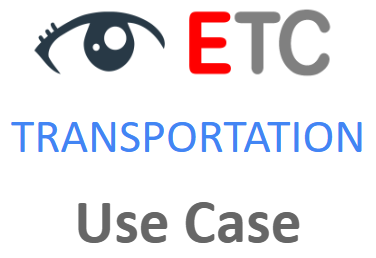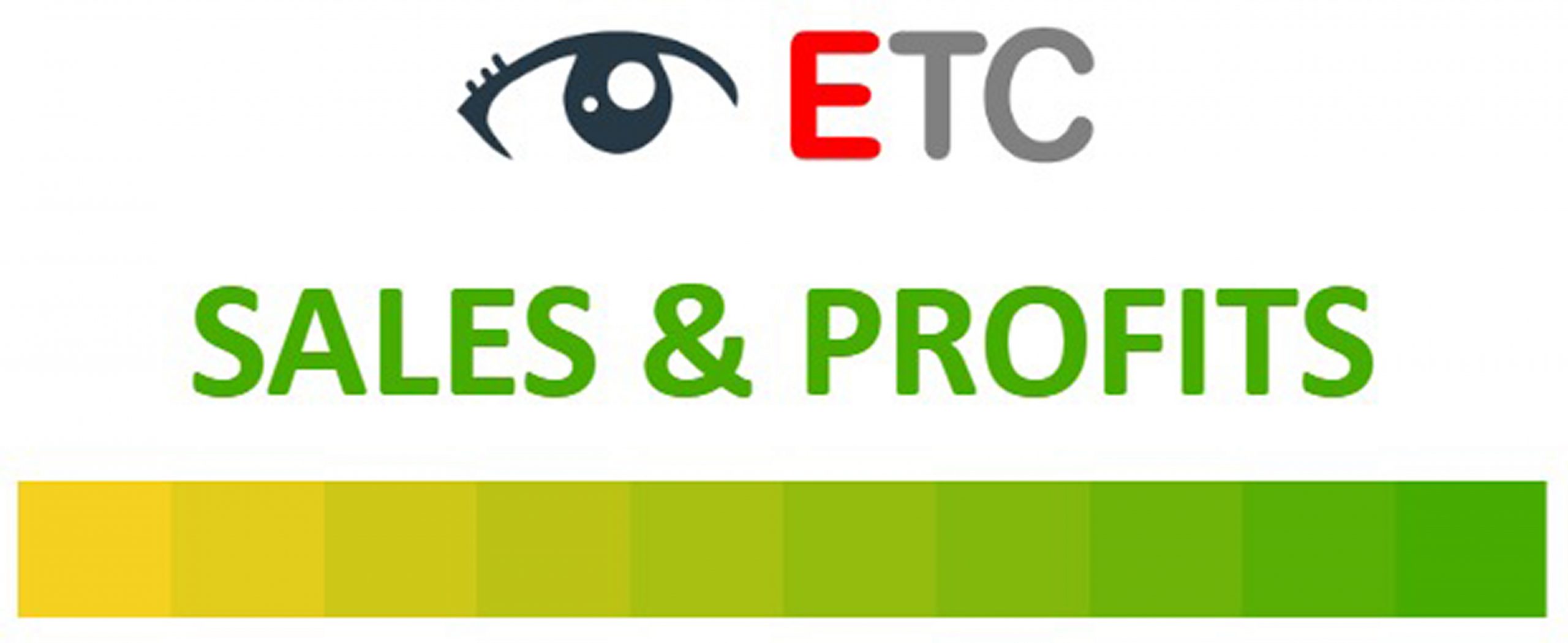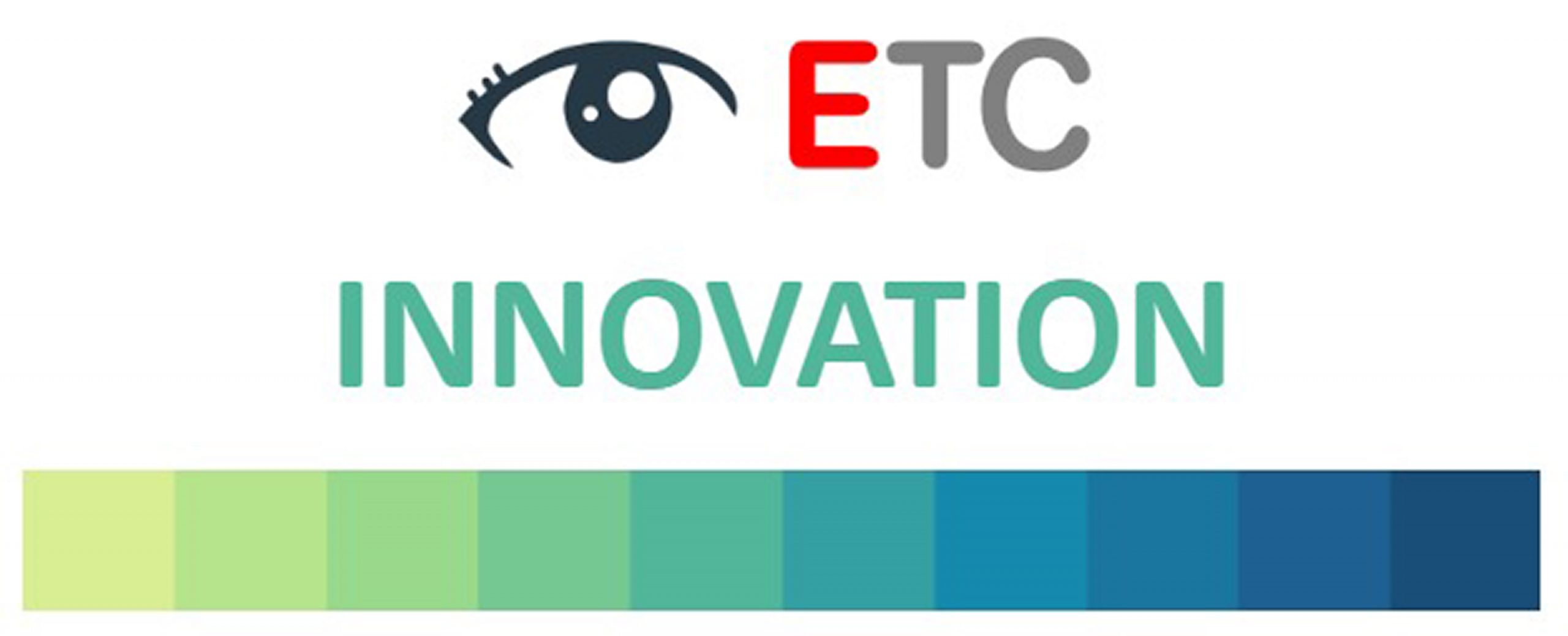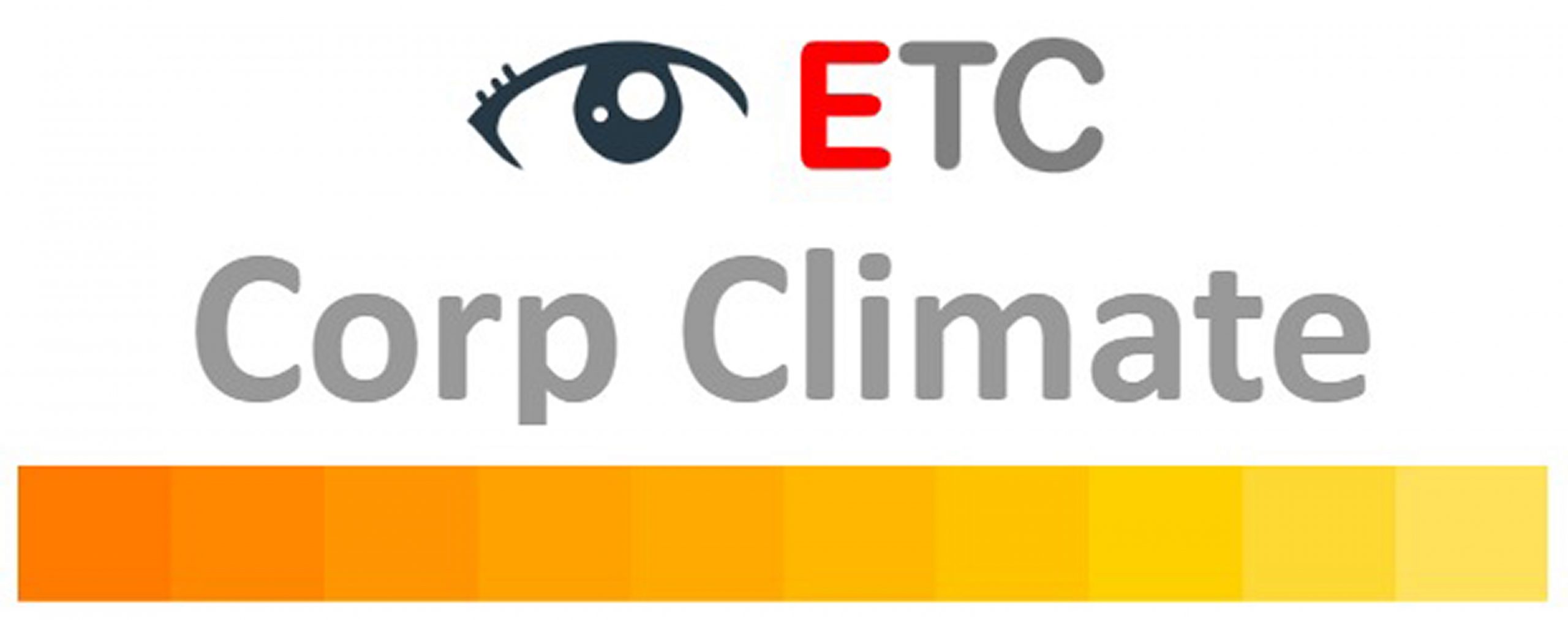
ETC Transportation Industry – Use Case
Transportation plays a vital role in the functioning of modern society. It enables the movement of goods and people, contributes to economic growth, and connects people to essential services, education, and healthcare. However, transportation also poses several critical issues that must be addressed to ensure sustainability and effectiveness. In this essay, I will discuss three critical issues in transportation: congestion, emissions, and safety.
The main critical issues facing the Transportation industry and their potential solutions.
ETC AI – Value Proposition for the Transporation Industry.
Dramatically improve Drivers, Mecanics and other Employees’ and Candidates’ performance & evaluations, avoiding Bias.
Scientifically Diagnose Mining Critical Issues and Corporate Climate through the EMOTIONAL Fingerprint™ supported by AI innovative technology.
Transportation organizations and related entities worldwide needed to improve innovation and engagement, plus lower drivers’ stress and burnout.

Transportation Industry – Critical Issues
Congestion is one of the most pressing issues in transportation, particularly in urban areas. The increased demand for transportation has led to more vehicles on the road, resulting in traffic congestion, which leads to delays, increased travel time, and decreased productivity. Congestion wastes time and energy, cause air pollution and increases the likelihood of accidents.
To address this issue, planners and policymakers need to invest in alternative modes of transportation, such as public transportation, cycling, and walking. These modes can help reduce congestion and ease the burden on the road network. Technology, such as intelligent traffic management systems, can also help manage traffic flow and optimize the use of existing road infrastructure.
Emissions from transportation are another critical issue. Transportation is a significant source of greenhouse gas emissions contributing to climate change. The emissions come from burning fossil fuels, such as gasoline and diesel, in cars, trucks, and buses.
To address this issue, transportation planners and policymakers need to encourage using alternative fuels, such as electric vehicles and hydrogen fuel cells, that produce little to no emissions. Additionally, improving public transportation systems can encourage people to use these modes of transportation instead of driving their cars, which reduces emissions.
Safety is another critical issue in transportation. In 2020, over 38,000 people died in traffic crashes in the United States, and over 4.4 million people were injured. The causes of accidents vary, but some common factors include distracted driving, impaired driving, and speeding.
To address this issue, transportation planners and policymakers need to invest in infrastructure improvements, such as road design and traffic management, that prioritize safety. Education and awareness campaigns can also help people understand the importance of safe driving habits and the consequences of dangerous driving.
In conclusion, transportation is a critical part of modern society, but it also poses several significant issues that must be addressed. Congestion, emissions, and safety are three of the most pressing issues. By investing in alternative modes of transportation, encouraging alternative fuels, and prioritizing safety, transportation planners and policymakers can work towards a more sustainable and effective transportation system.

ETC Solutions help to solve critical transportation issues!

Accumulating scientific results over time, you can diagnose and measure the evolution of P&L issues you want to improve.
ETC Innovation as a mindset, not a project!
The exact questions and extracting & accumulating scientific results over time, you can diagnose and measure the evolution of Innovation.


Scientifically Diagnose Critical Issues and Corporate Climate through the EMOTIONAL Fingerprint™ supported by volunteers´ interviews.
Improve Candidates’ hiring evaluation and selection, avoiding Bias and potential risks.

Transportation Critical Issues Samples
Human Resources
Gender Equality & Sexual Harassment
Discrimination & Diversity
Bullying & Harassment
Performance Evaluation & Retention
Promotions & Succession Planning
Training & Development
Compensation & Benefits
Absenteeism
Security & Compliance
Bribes & Corruption
Suspect Fraud/Theft by Employees
Suspect Fraud/Theft by Contractors
Data Security & Protection
Waste of Resources
Criminal Activities
Confidentiality Issues
Misbehavior & Aggressive Attitudes
Innovation
Free Thinking & Ideas Generation
Leadership Vision
Evolving Landscape – Competition & Threats
Assess Capabilities – Global R&D
Culture Evaluation & Multinational Mix
Comfort Zone & Growth
Sales, Marketing & Profits
Customer Satisfaction & Retention
Market Trends (Products/Services)
Training & Development
Technical Support
High-Value Customer (Guarantees)
Salesforce Underperformance & Engagement

Safety critical issues in transportation
Safety is a critical issue in transportation, as accidents and crashes can cause severe injury or even death to those involved. In this essay, I will discuss some of the most critical safety issues in transportation and how they can be addressed.
One of the most significant safety issues in transportation is distracted driving. Distracted driving occurs when a driver’s attention is diverted from the road by texting, talking on the phone, or engaging in other distracting activities. This behavior can cause accidents, as the driver may fail to notice changes in traffic, pedestrians, or road conditions.
To address this issue, many jurisdictions have implemented laws prohibiting the use of cell phones while driving. Education and awareness campaigns can also help raise awareness about the dangers of distracted driving and encourage people to put down their phones while behind the wheel.
Another critical safety issue in transportation is impaired driving.
Impaired driving occurs when a driver is under drugs or alcohol, impairing judgment, vision, and reaction times. Impaired drivers are more likely to cause accidents, as they may fail to notice changes in traffic, pedestrians, or road conditions.
Law enforcement agencies have implemented strict penalties for impaired driving, including fines, license suspensions, and even jail time to address this issue. Additionally, education and awareness campaigns can help raise awareness about the dangers of impaired driving and encourage people to avoid driving while under the influence.
Speeding is also a significant safety issue in transportation. Drivers who exceed the posted speed limit are more likely to cause accidents, as they have less time to react to changes in traffic, pedestrians, or road conditions. Additionally, high speeds can make accidents more severe, as the force of impact is more significant.
To address this issue, law enforcement agencies have implemented speed enforcement programs using speed cameras, radar detectors, and other technologies to detect and deter speeding. Additionally, education and awareness campaigns can raise awareness about the dangers of speeding and encourage people to drive at a safe and reasonable speed.
In conclusion, safety is a critical issue in transportation, and several significant safety issues need to be addressed. Distracted driving, impaired driving, and speeding are some of the most pressing issues. By implementing laws and regulations, education and awareness campaigns, and technology-based solutions, transportation planners and policymakers can work towards a safer transportation system that benefits everyone.
Safety of drivers and others on the road.

